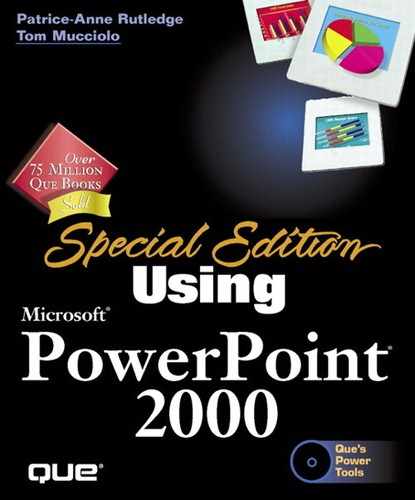Using Numbered Lists
For a sequence of items, creating a numbered list is a good alternative to a bulleted list. For example, a procedural series of steps or a list of dollar amounts from highest to lowest would work well in a numbered list. You can create numbered lists with actual numbers, roman numerals, or letters of the alphabet.
![]() To change a bulleted list or other text to a numbered list, select the text and click the Numbering button on the Formatting toolbar.
To change a bulleted list or other text to a numbered list, select the text and click the Numbering button on the Formatting toolbar.
Tip
You can also create a numbered list by pressing the Backspace key at the beginning of a bulleted list, typing the number 1 (or the letter a if you're using letters instead of numbers), pressing the Tab key, and entering your first list item. PowerPoint then continues the numbering series when you press Enter to move to the second line.
To change the numbering style, follow these steps:
Choose Format, Bullets and Numbering and go to the Numbered tab, shown in Figure 3.15.
Figure 3.15. A numbered list can put a series of items in order.

Select one of the seven number styles that display.
Tip
Choosing None removes the numbered list.
Choose the Size as a percentage of the text—100% (or the same size as text) is the default. Lower the number to reduce the size, increase the number to enlarge the size.
Choose a color from the Color drop-down list.
Tip
Click More Colors on bottom of the Color drop-down list to open the Color dialog box, which offers many additional color choices.
If you want the numbering to start at a number other than 1, enter that number in the Start at field.
